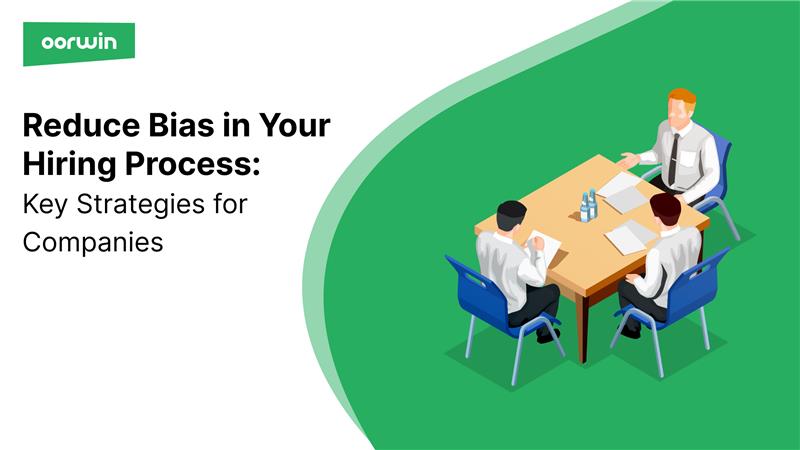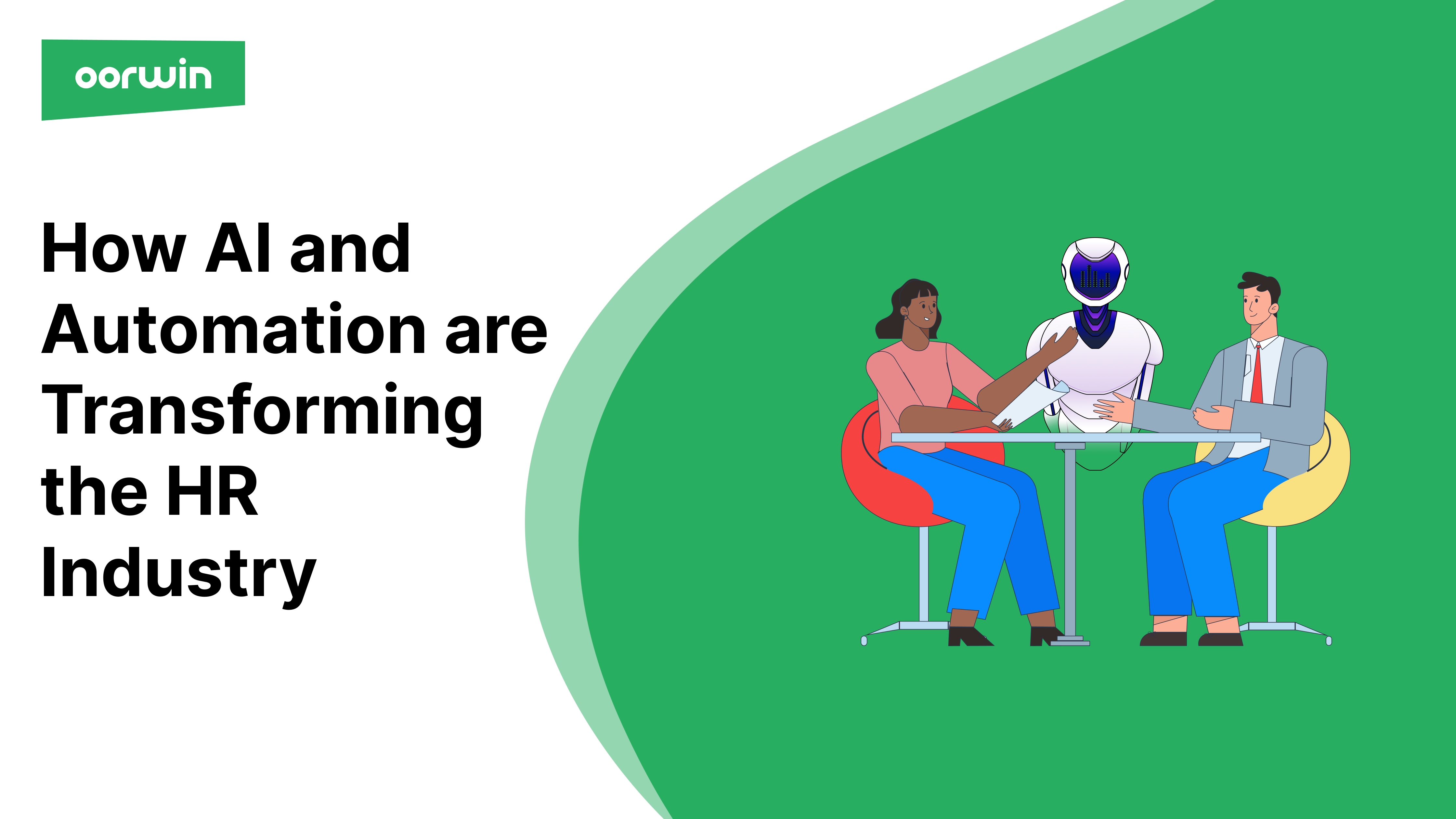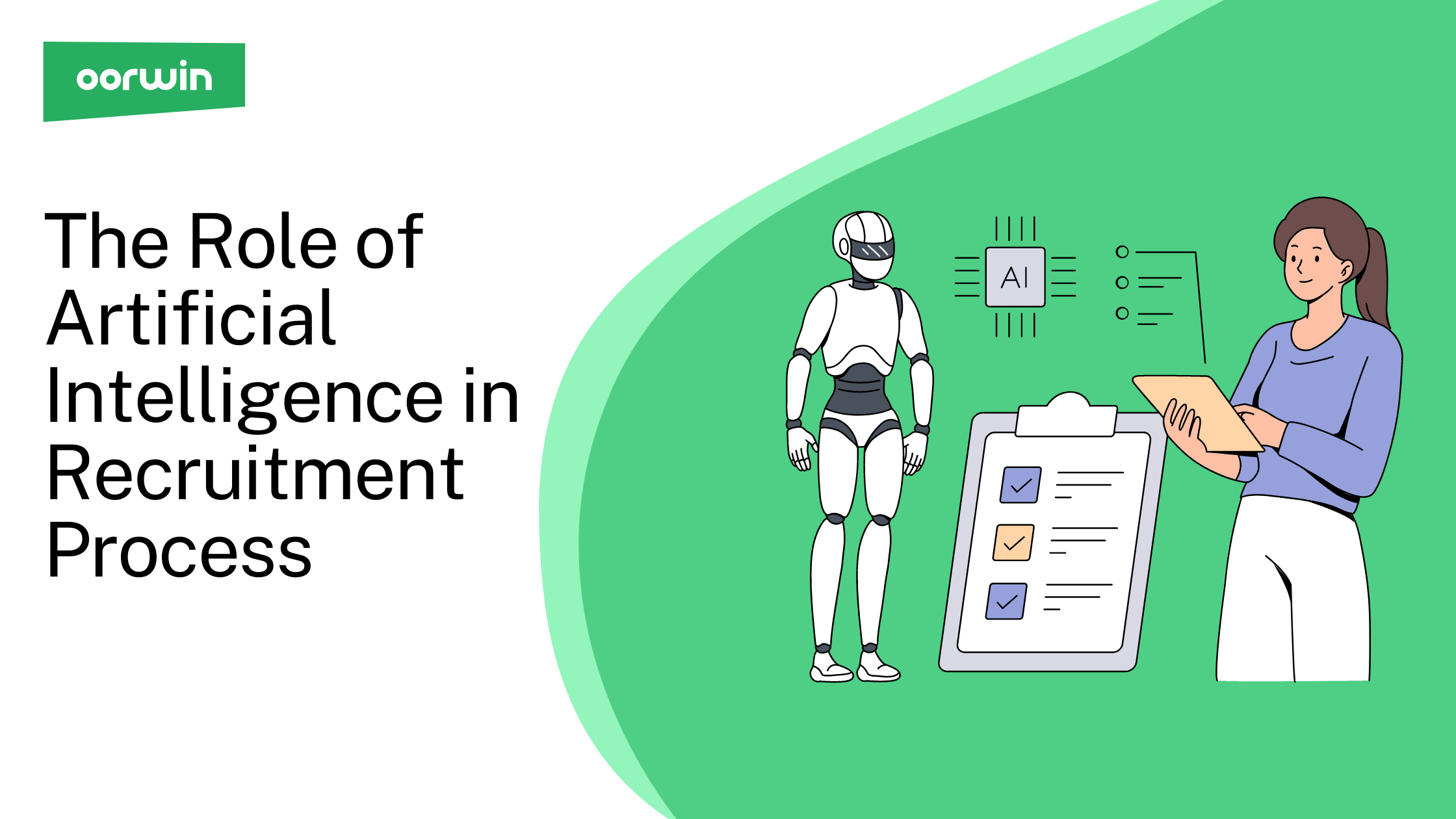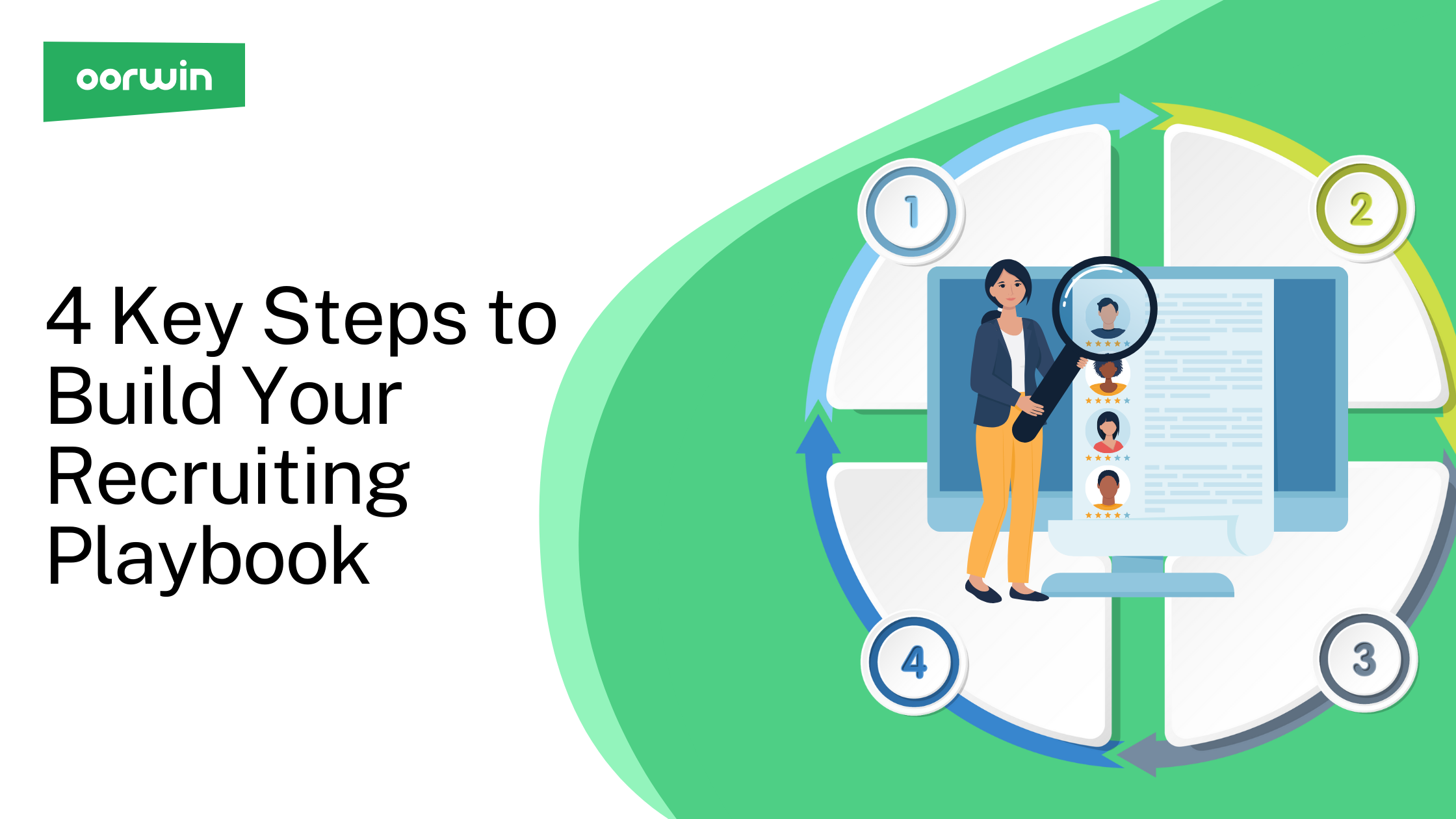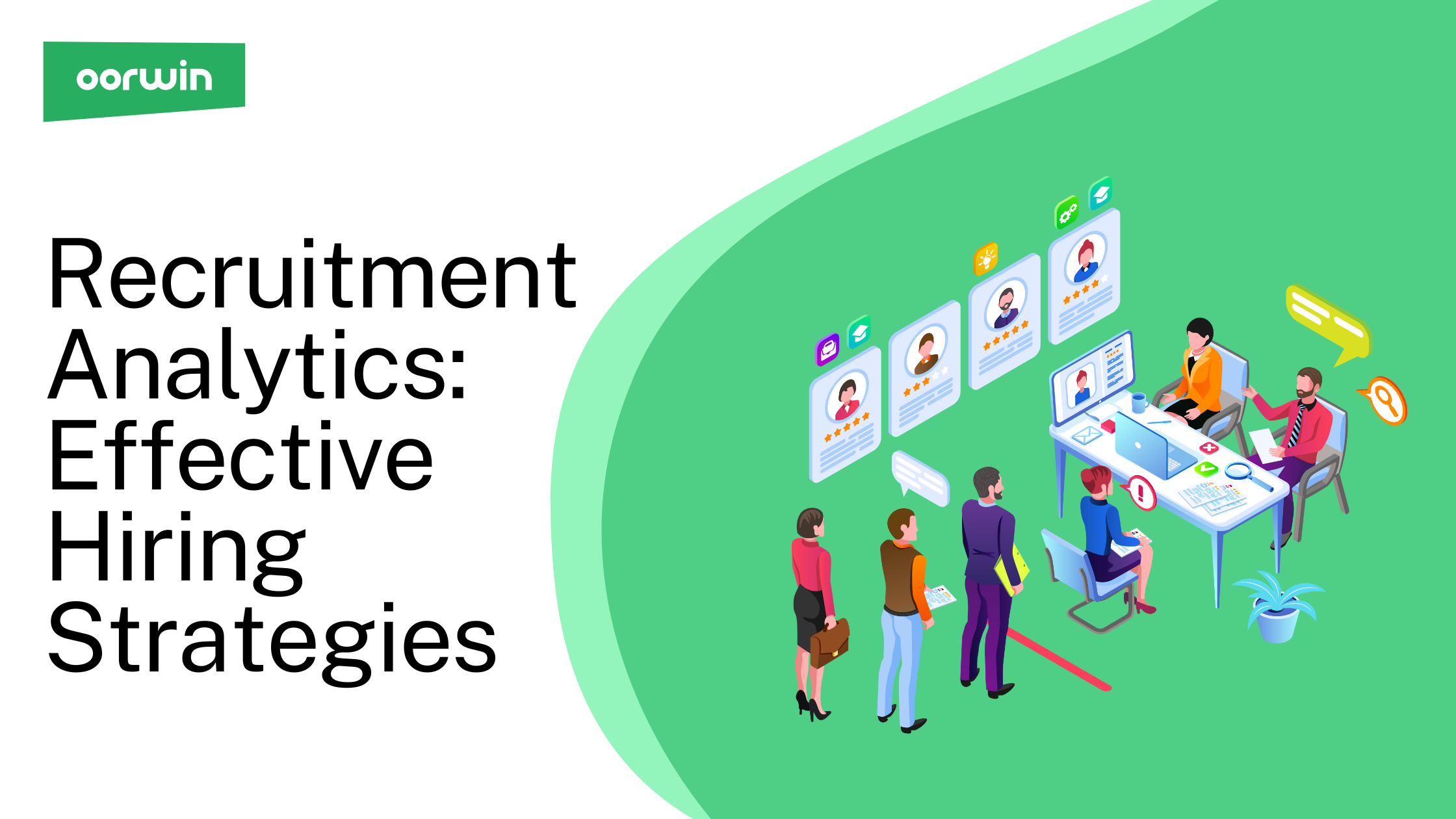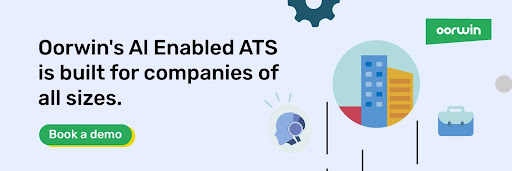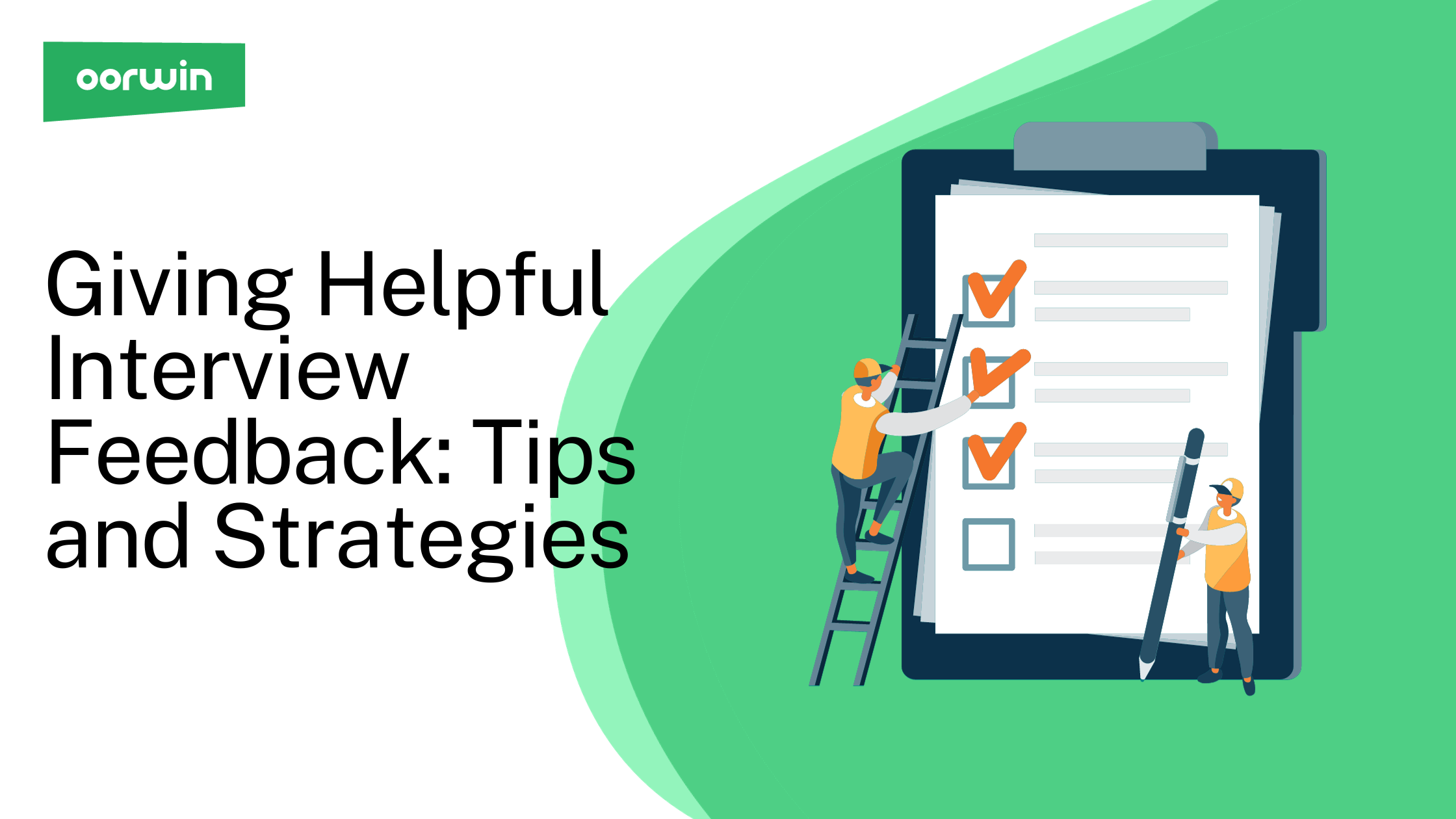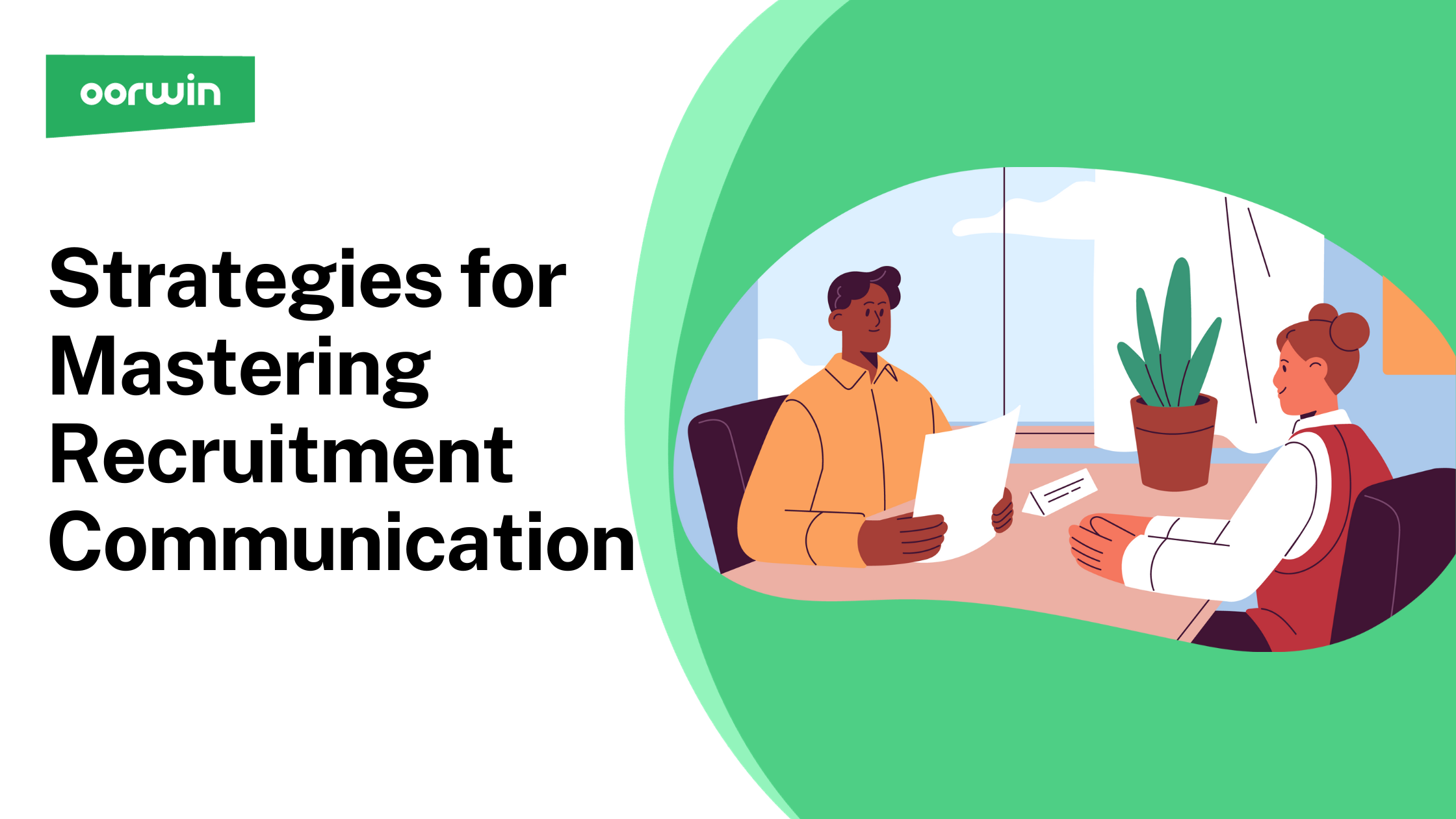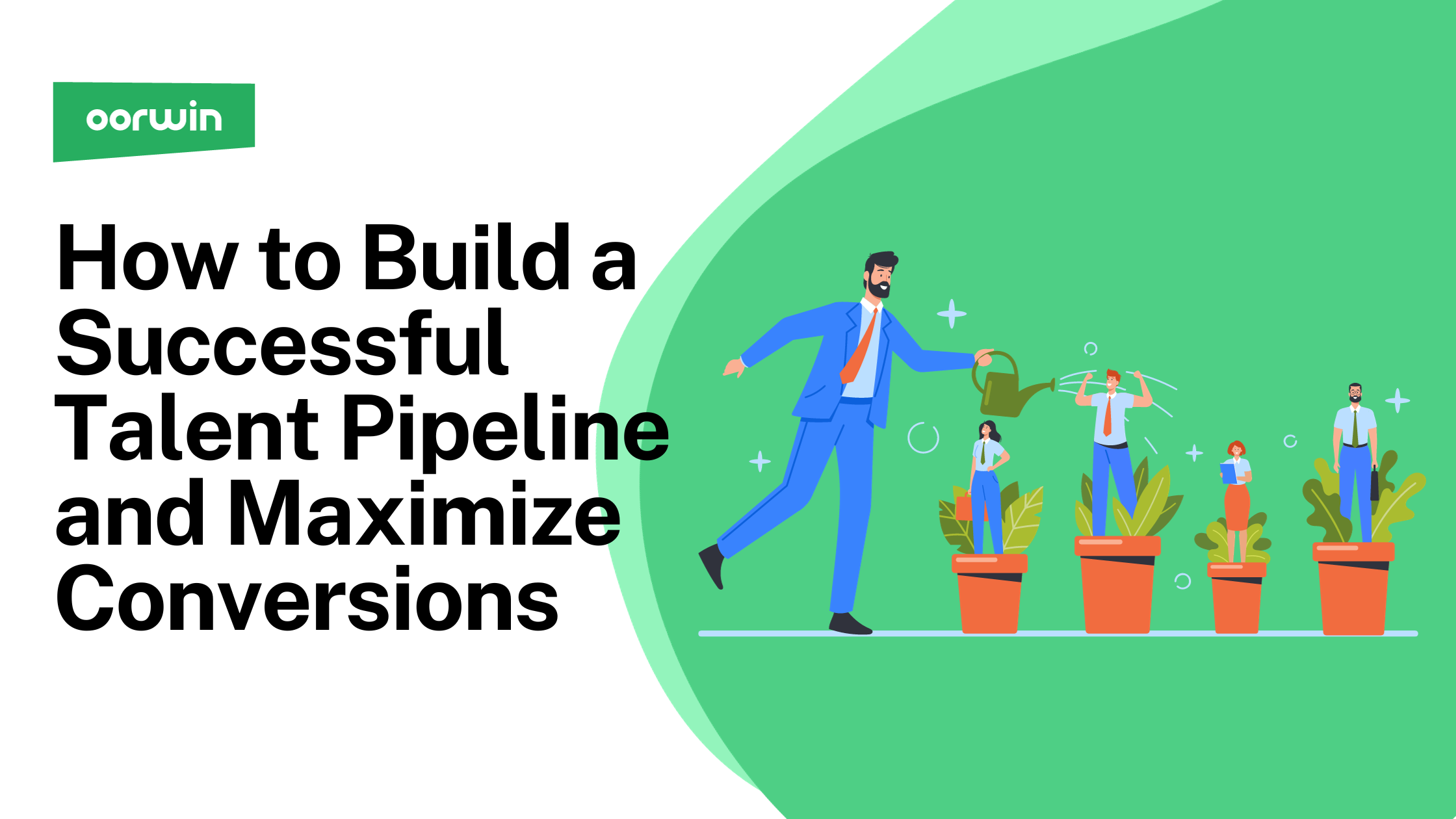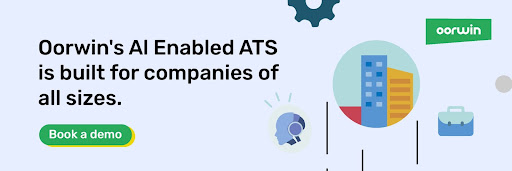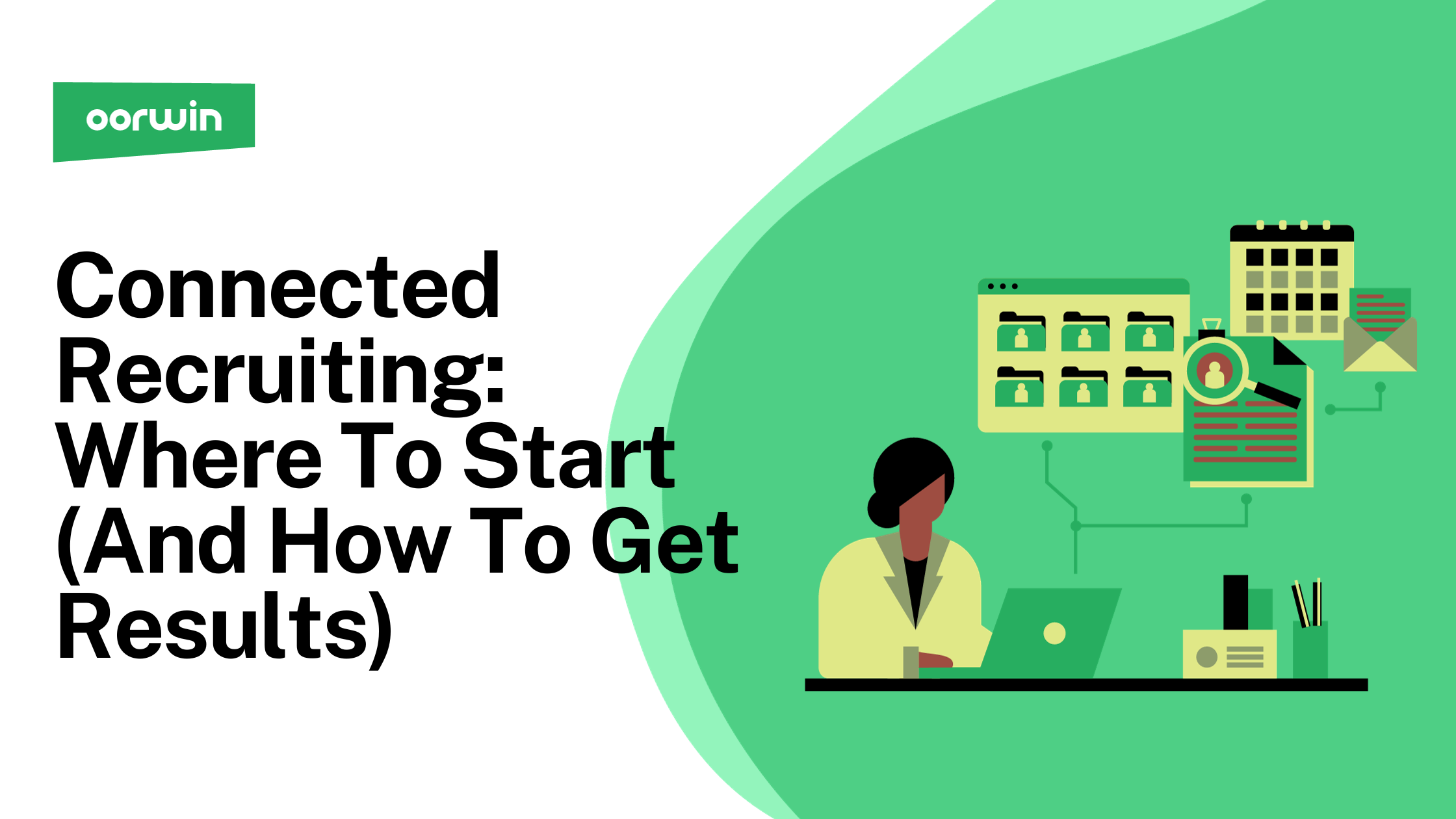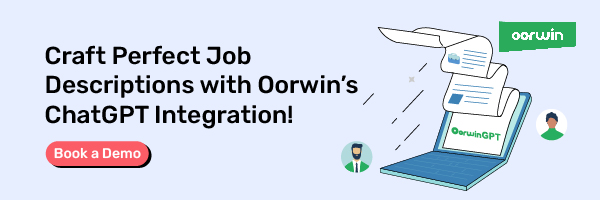Hiring bias is a big problem across industries. In fact, studies reveal that companies with diverse workforces outperform their competitors by 35%, yet unconscious bias in hiring still prevails in many organizations.
As companies want to build more diverse and inclusive teams, reducing bias in the process is key. It’s not just about diversity, it’s about performance, innovation and employee satisfaction too.
Using advanced AI tools like Oorwin’s platform can help you tackle these biases, streamline your process, and make fairer hiring decisions. Here are the actionable tips to reduce bias and improve your hiring.
Key takeaways:
- A diverse workforce drives innovation, creativity, and performance across the organization.
- Standardized interview processes create fairness so all candidates are assessed equally on job-specific competencies.
- AI-driven hiring tools can reduce unconscious bias, provide merit-based recruitment, and provide real-time insights into diversity and hiring trends.
- Diverse interview panels bring in different perspectives to get more balanced and fairer hiring outcomes.
Understanding Unconscious Bias in Hiring
Unconscious bias refers to the automatic, mental shortcuts our brains make based on stereotypes, which can influence hiring decisions without us even realizing it. These biases can manifest in several ways, from favoring candidates with similar backgrounds to dismissing applicants based on their names, educational institutions, or physical appearances. For example, a study found that resumes with “white-sounding” names received 50% more callbacks than those with ethnic names despite identical qualifications.
Pro-tip: Oorwin’s AI-powered candidate ranking eliminates unconscious bias by scoring applicants based on their skills and experiences, ensuring each candidate is judged on merit alone.
Implementing Structured Interviews for Fairness
Standardized interviews are key to reducing bias as they ensure all candidates are asked the same questions. This standardization removes subjectivity and provides a fair comparison of candidates’ skills and qualifications. Unstructured interviews are more biased as interviewers often favor candidates who share similar interests or backgrounds.
Leveraging Data-Driven Hiring
Incorporating data and analytics into your recruitment strategy is crucial for reducing bias and improving hiring outcomes. By tracking key hiring metrics like time-to-hire, source of hire, and candidate diversity, companies can identify patterns of bias and adjust their strategies accordingly.
With Oorwin’s AI-powered analytics, HR teams can get real-time insights into hiring trends, performance metrics, and workforce diversity. These insights help refine recruitment strategies to create more inclusive hiring practices.
Blind Resume Screening
Blind resume screening which removes names, photos or gender from the resume has been proven to reduce bias. This way hiring managers focus on the skills and experiences of the candidate rather than irrelevant personal characteristics.
Several companies have tried blind resume screening and seen great results. For example, BBC did it and saw a 20% increase in hiring from diverse backgrounds. The Guardian also saw improvements in their diversity metrics after anonymising their resume screening.
Tip: To get the most out of blind resume screening, organisations should combine this with other diversity initiatives, such as training for hiring managers on how to spot and challenge their biases. This way you get inclusivity and innovation in your teams.
Automated Hiring Tools to Minimize Bias
Automation is key to reducing bias. AI and machine learning models can be trained to identify key qualifications and experiences and remove human subjectivity from the equation. In fact, 76% of HR leaders believe the company will fall behind if it doesn’t adopt and apply AI solutions like generative AI in the next 12 to 24 months.
Oorwin’s Automation Benefits: Oorwin’s recruitment platform uses AI to automate candidate sourcing, screening and ranking so the entire process is bias free. From resume parsing to candidate assessments Oorwin’s automation reduces the risk of hiring based on irrelevant factors.
Diverse Hiring Panels
Having a diverse hiring panel is another way to minimize bias. When decision-makers come from different backgrounds, they bring different perspectives to the table and make more objective and inclusive decisions. According to McKinsey, gender-diverse companies are 21% more likely to experience above-average profitability, highlighting the importance of diversity at all levels.
Pro-Tip: Use Oorwin to schedule interviews with diverse panel members and ensure each team member has visibility into candidate evaluations for a more holistic assessment.
Continuous Bias Training for Recruiters
It’s important to train your hiring managers and recruitment teams to recognize and mitigate bias. While tools and strategies can help, awareness and ongoing training on bias is key to long term change.
Oorwin’s Impact: Oorwin’s platform also integrates with various HR Learning and Development (L&D) systems. You can create a comprehensive training program for recruiters on bias reduction, diversity, and inclusion.
Case study on how PIPA, a forward-thinking company, tackled unconscious bias in the hiring process
Following a 2021 internal audit that revealed discrepancies in workforce representation, PIPA implemented a comprehensive approach to recruitment that emphasized objectivity and skill assessment.
Key Strategies Employed:
- Skills and Aptitude Testing: PIPA used tailored assessments that focused on candidates’ actual abilities rather than relying on impressions from resumes.
- Situational Judgment Tests: These simulated real job scenarios allowed PIPA to see how candidates would react to job related challenges and get data driven insights into their performance.
- Structured Interviews: By standardising questions for all candidates PIPA aimed to be fair and consistent and reduce unconscious bias.
- Continuous Feedback and Iteration: The company regularly used detailed analytics to refine its hiring process.
Results:
- Increased Diversity: Within a year PIPA saw 37% ethnic diversity and 29% gender diversity increase in employees.
- More Innovation: The diverse teams led to 47% more new projects initiated and 33% more productivity in 18 months.
- Better Employer Brand: PIPA saw 52% more unsolicited applications with many candidates attracted to the company’s commitment to inclusion.
- Lower Attrition: A 28% reduction in turnover showed improved employee satisfaction and alignment with the company’s values
The impact of systematic bias-free hiring on workforce diversity, innovation, and employee retention is spot on and is promising for company growth.
Make informed decisions with Oorwin
Reducing bias in your hiring process isn’t just about fairness; it’s about driving business performance, improving innovation, and fostering a more inclusive workplace culture. Leveraging technology, such as Oorwin’s AI-powered recruitment tools, structured interview templates, and analytics, is key to minimizing unconscious bias and promoting a merit-based hiring system.
By adopting these strategies, companies can improve their recruitment process, attract diverse talent, and create more equitable opportunities for all.
Schedule a demo today, and contact Ooriwn to learn more. You can start for free and explore the options to decide if it fits your organization.
